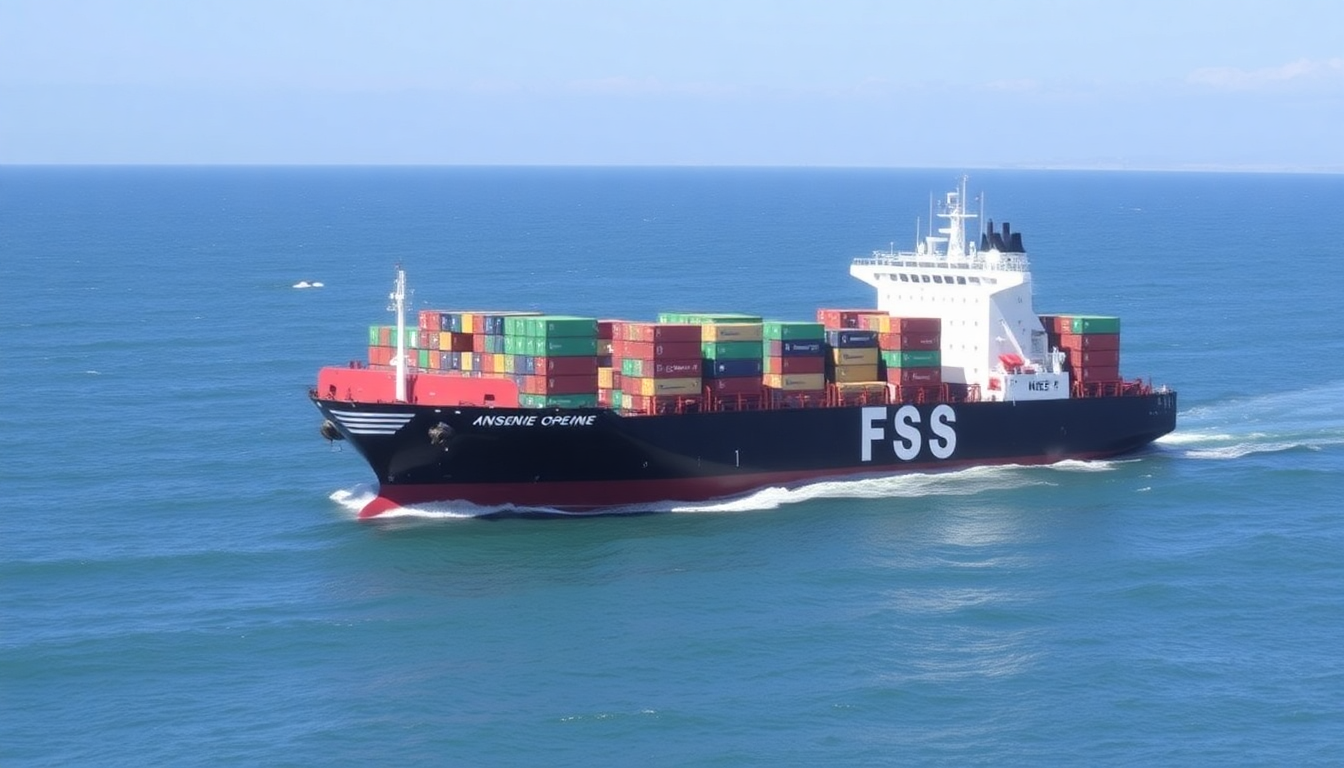If you’re shipping goods by sea — whether as a seller, buyer, or freight forwarder — then one question should never be overlooked: Have you insured your cargo properly? Ocean freight insurance may not prevent disasters, but it ensures you’re protected when they happen.
At GoNest, we’ve seen dozens of cases where clients didn’t know how insurance worked — or how to file a claim — and ended up losing thousands. This guide walks you through how marine cargo insurance works, how to respond to an incident, and how to choose coverage wisely without overspending.
How Is Ocean Freight Insurance Calculated?
Most ocean cargo insurance policies are agreed value (valued policies), meaning the insured value is determined in advance and listed clearly on the policy.
Two common valuation methods are used:
1. Destination Cost (CIF-Based)
Includes the purchase price of the goods plus:
- Freight charges
- Packaging costs
- Port fees
- Insurance premiums
- Taxes or customs charges
This reflects the actual cost of delivering the goods to their destination.
2. Destination Market Value
This includes the sales price at the destination — i.e., the CIF cost plus your intended profit margin. It’s used when the insured wants to cover potential sales loss, not just cargo replacement.
What to Do If a Loss or Damage Occurs
1. Take Immediate Action to Prevent Further Loss
Known as “loss mitigation”, you’re legally obligated to stop the loss from escalating. For example:
- Move the cargo to a dry area
- Secure damaged containers
- Notify the port authority
If you fail to do this, your claim may be denied.
2. Protect the Scene
Do not dispose of damaged goods or change the cargo setup before the insurer or inspector arrives. The insurance company must be able to:
- Inspect the damage
- Verify causes
- Record conditions
Failure to preserve evidence can complicate or invalidate your claim.
3. Report the Incident Promptly
You must notify your insurer immediately, ideally in writing. This allows them to:
- Send a surveyor to inspect
- Take mitigation steps
- Begin documentation
What to include in your initial report:
- Insured party’s name and contact
- Policy number
- Date and location of incident
- Nature and cause of damage
- Estimated loss value
Start with a phone or email report, but follow up with a formal written notification.
4. File the Claim
To initiate the claim process, you must:
- Request compensation based on the insurance policy terms
- Accept inspection by the insurance company or their agents
- Submit required documents, such as:
- Insurance policy
- Bill of lading
- Commercial invoice
- Packing list
- Damage report or photos
- Proof of loss value
Receive the payout, once the claim is approved. Note: If your insurance policy remains active after payout depends on the loss type and claim settlement terms.
How to Choose the Right Marine Insurance (Without Overpaying)
Insurance is not “one-size-fits-all.” Choosing the right coverage requires a risk-based approach. Factors to consider:
- Type and value of cargo (electronics, perishables, chemicals, etc.)
- Packaging quality (bulk vs. palletized vs. boxed)
- Route and port risk profile
- Likelihood of pilferage, water damage, or delay
- Volatility of market price at destination
For example, fragile items or high-value electronics shipped through high-risk routes may justify All-Risk coverage, while low-risk bulk goods may only require Basic Risk.
GET IN TOUCH
Let us Send You a Quote
What Is Underinsurance? Why You Must Avoid It
Underinsurance means insuring your goods for less than their real value. Example:
- Real cargo value: ¥120,000
- Insured value: ¥80,000
If damage occurs, your compensation is calculated proportionally. So if 50% of the cargo is damaged, you won’t receive ¥60,000 — you’ll get only two-thirds of it, based on your underinsured amount.
Lesson: Always insure based on full cargo value, including logistics and taxes.
What About Duplicate Insurance Policies?
Some shippers make the mistake of purchasing insurance from multiple companies for the same cargo. Unfortunately, you won’t get paid twice.
According to Chinese Insurance Law Article 40:
“The total payout from all insurers must not exceed the total cargo value.”
In other words, you’ve paid extra for no added benefit.
Key Questions to Ask Before Buying Marine Insurance
Before you buy a policy, make sure you understand:
- Who is the insurer and are they licensed for marine cargo?
- What’s included in the coverage terms?
- What are the policy limits and deductibles?
- How long is the coverage period (door-to-door or port-to-port)?
- What are the exclusions (e.g., delay, war risk, poor packaging)?
- What documents are needed in case of a claim?
At GoNest, we help clients assess these questions and choose cost-effective coverage for air, sea, and multi-modal shipments.
Final Thoughts
Ocean freight insurance may seem like a formality — until you need it. When loss strikes, the right insurance policy becomes your lifeline, and knowing how to file a claim can mean the difference between recovery and ruin.
By understanding valuation methods, response protocols, and how to avoid underinsurance, you can ship smarter — and safer. And when you ship with GoNest, we don’t just forward your cargo — we he
